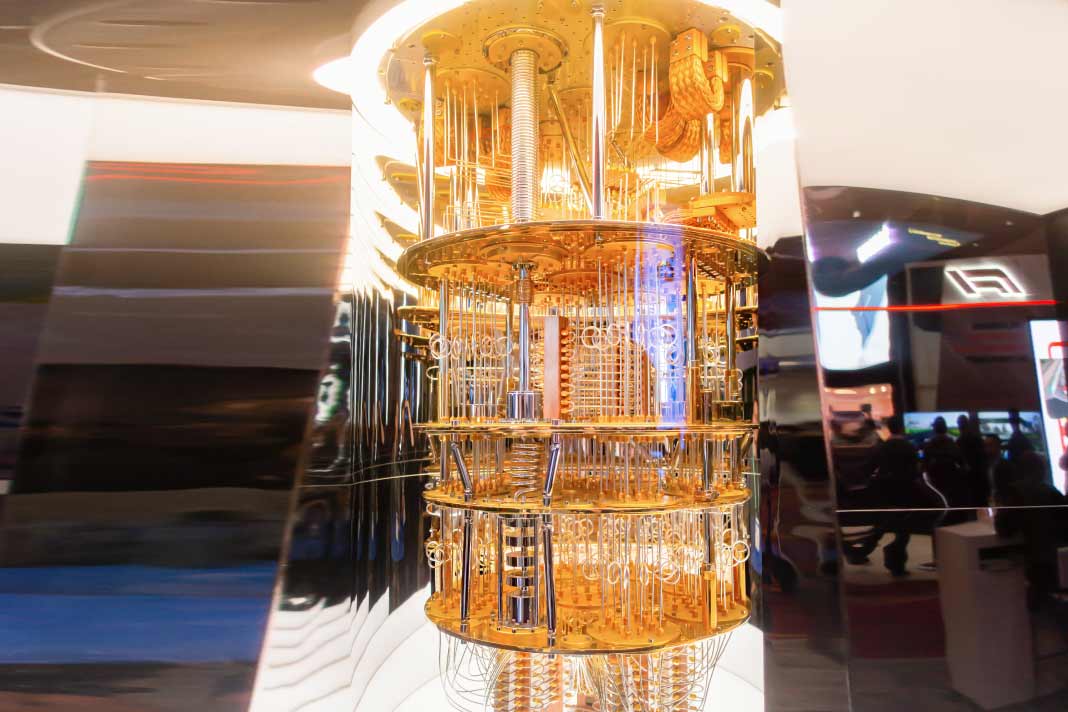Researchers developed a quantum oscillator system using tantalum sulfide, enabling efficient optimization computing at room temperature and being compatible with silicon tech.
Researchers at UCLA and UC Riverside have developed a novel computing system that harnesses quantum oscillators to solve complex optimization problems at room temperature, departing from traditional quantum computing approaches that require extreme cooling. The breakthrough, published this week in Physical Review Applied, demonstrates how specially engineered materials can naturally evolve toward optimal solutions for problems spanning telecommunications, scheduling, and logistics.
The system represents a new class of “Ising machines” that exploit the physical properties of tantalum sulfide, a charge-density-wave material, to perform computations through quantum mechanical processes rather than digital algorithms. Unlike conventional quantum computers that operate near absolute zero, this architecture functions at ambient temperatures while maintaining quantum coherence.
How the Technology Works
The computing system processes information using networks of oscillators that synchronize naturally to solve optimization problems. When these oscillators align their frequencies, they represent solutions to complex mathematical challenges that would typically require enormous computational resources on traditional computers.
“Our approach is physics-inspired computing, which has recently emerged as a promising method to solve complex optimization problems,” said Alexander Balandin, corresponding author and distinguished professor at UCLA’s Samueli School of Engineering. “It leverages physical phenomena involving strongly correlated electron–phonon condensate to perform computation through physical processes directly, thus achieving greater energy efficiency and speed”.
The researchers fabricated their prototype devices using advanced nanofabrication techniques at UCLA’s facilities, demonstrating that the oscillators naturally evolve toward synchronized states that correspond to optimal problem solutions.
Energy Efficiency and Integration Potential
The technology addresses growing concerns about energy consumption in artificial intelligence and high-performance computing. Utilizing the material’s intrinsic quantum properties eliminates energy-intensive processing steps typical of conventional computers.
Critically, the tantalum sulfide-based devices can integrate with existing silicon semiconductor technology, potentially enabling hybrid computing architectures that combine classical and quantum-inspired processing.
The research, funded by the Office of Naval Research and Army Research Office, comes as government agencies seek energy-efficient computing solutions for defense and national security applications.
“Any new physics-based hardware has to be integrated with the standard digital silicon CMOS technology to impact data information processing systems,” Balandin noted, emphasizing the technology’s compatibility with current manufacturing processes.
The team plans to refine the system’s coherence times and scale the oscillator networks to tackle even larger optimization challenges across multiple industries.



